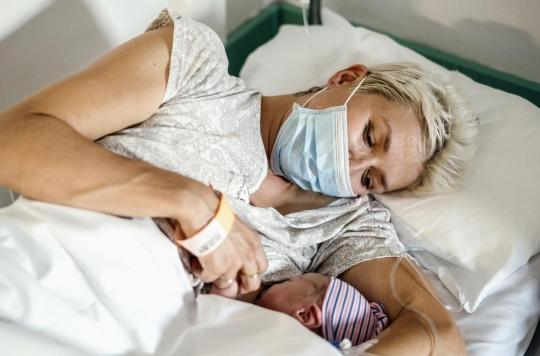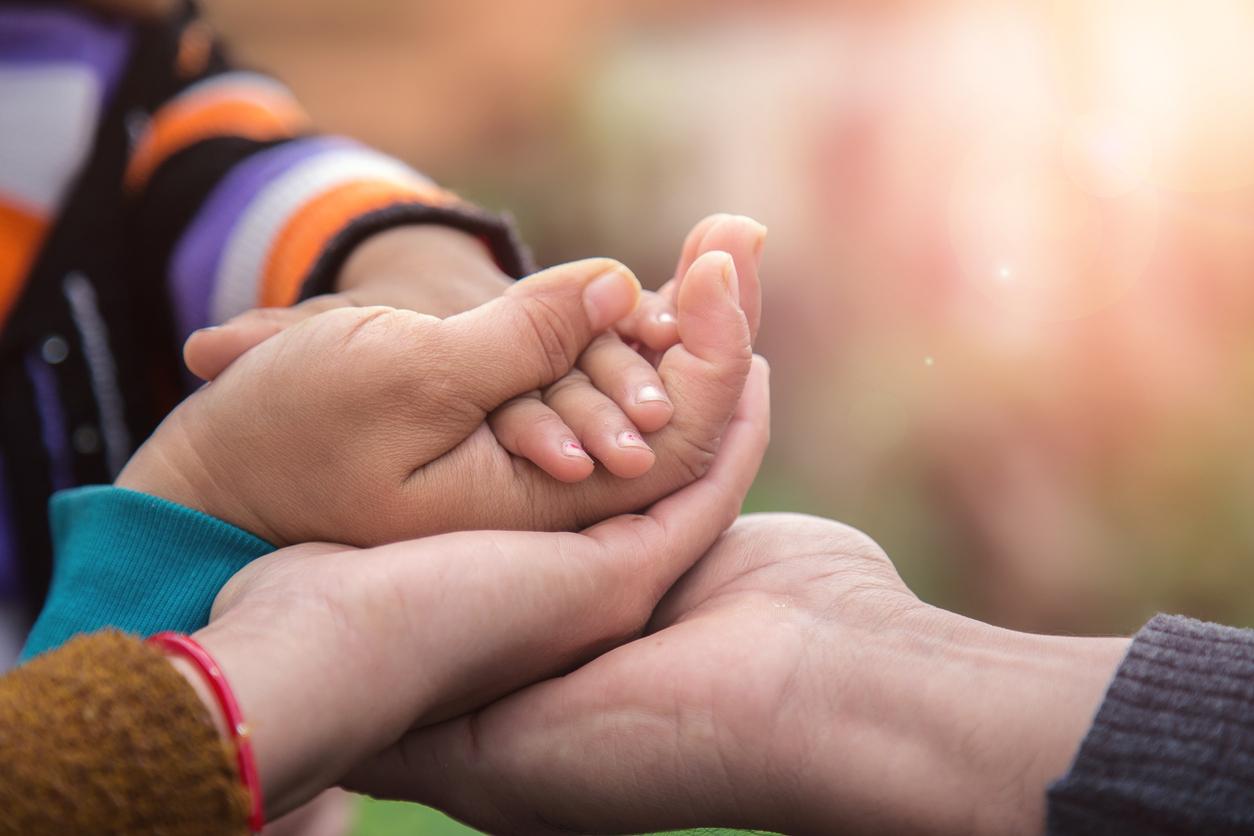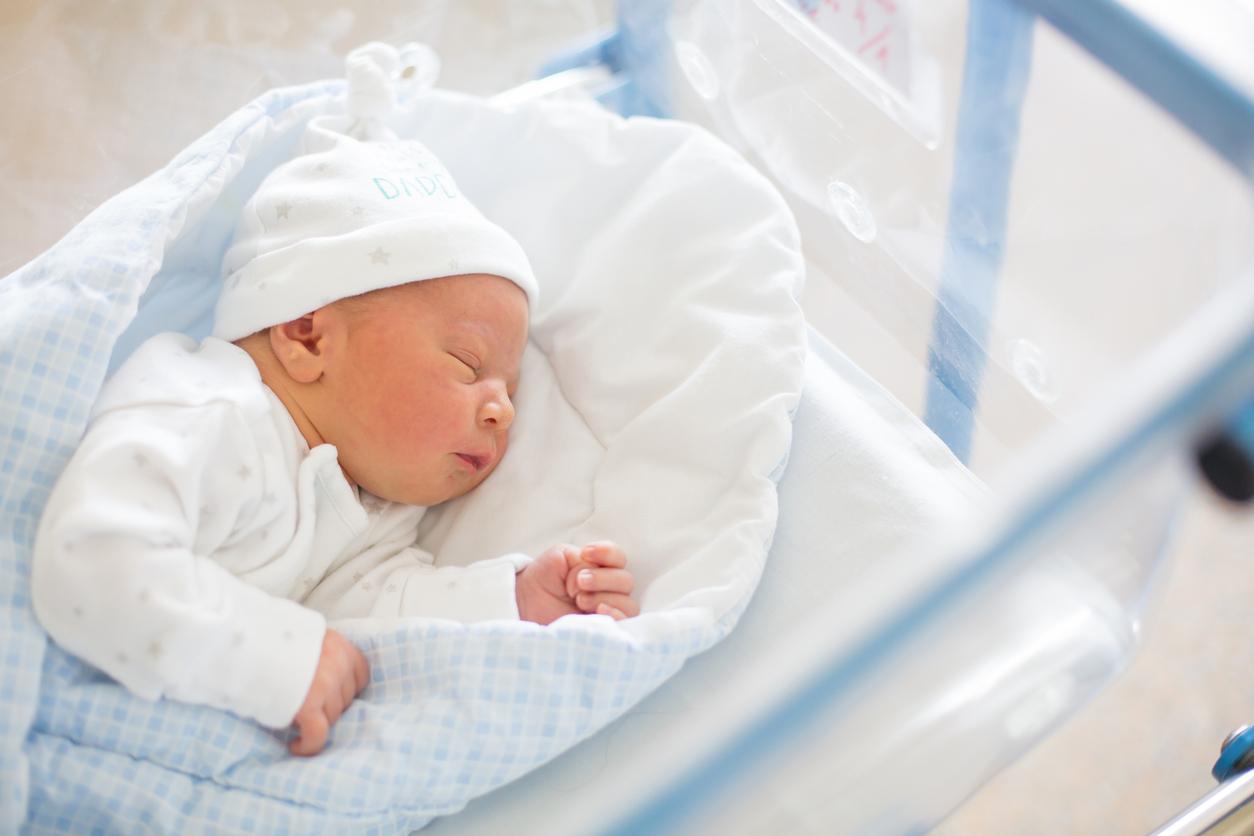738,000 babies were born in France in 2021, i.e. 3,000 more than in 2020. And despite the health crisis, our country remains in the lead in terms of fertility, ahead of other European nations.

- The health crisis before led to a sharp drop in births in 2020 in France
- The country has recorded a rebound in these births since the spring of 2021
- However, the fertility rate does not ensure long-term generational renewal.
France remains the European champion of fertility! This recorded a significant rebound in 2021 with 3,000 more births than in 2020. This is indicated by the INSEE’s demographic report for 2021 presented on January 18. The Covid-19 pandemic will therefore not have changed much: admittedly, a spectacular drop in the number of births had been recorded in 2020 and until February 2021, but since that date the number of births has risen sharply. “This has made it possible to slightly exceed the level of births for 2020”, underlines the INSEE press release, and with 1.83 children per woman, France therefore remains in the lead in this area ahead of all the other European countries.
On the other hand, this rebound, if it marks a break with the drop in births recorded since 2015 in our country (with its lowest level since the Second World War reached in 2016), it still does not allow the renewal of generations on the long term. This would require that what INSEE calls “the cyclical fertility index”, reaches 2.1 children per woman. The curve of the evolution of the population in our country – it now stands at 67.8 million inhabitants – could therefore quickly stagnate.
The effects of the health crisis
If we go into more detail on the figures communicated by INSEE, we see that the number of births had fallen sharply between December 2020 and February 2021, i.e. nine months after the confinement in the spring of that year due to the Covid-19 epidemic, a drop which had reached 10% compared to the same period of the previous year. A phenomenon that INSEE attributes to the health crisis and “to the strong economic uncertainty which may have discouraged couples from procreating in the spring of 2020 as well as to the fear of complications during pregnancy”, more difficult to manage during confinement. and at the height of the Covid-19 crisis.
But fertility has therefore picked up strongly since the spring and summer of 2021, accompanied by another phenomenon, that of an increase in the average age of childbearing. This one, which was 29.3 years old at the beginning of the 2000s, is now 30.9 years old. This confirms another statistic: the decline in the fertility rate of women under 30, which has been increasing since 2015 and continues in 2021.
12,000 fewer deaths in 2021 compared to 2020
The INSEE report also confirms the impact of the Covid-19 pandemic on mortality figures. Although there were 12,000 fewer deaths in 2021 compared to 2020, the number of deaths remains higher than in 2019 before the start of the health crisis. But INSEE stresses that beyond the “Covid” effect on mortality, it is also necessary to take into consideration the arrival of the large generations of the “baby-boom” at ages of high mortality. But the pandemic will also have had a negative effect on other highly anticipated figures, those of life expectancy. If this starts to grow a little again in 2021 (+ 0.2 years for men at 79.3 years and + 0.3 years for women at 85.4 years) it does not return to its level before the pandemic when it was 85.6 years for women and 79.7 years for men.
.
















